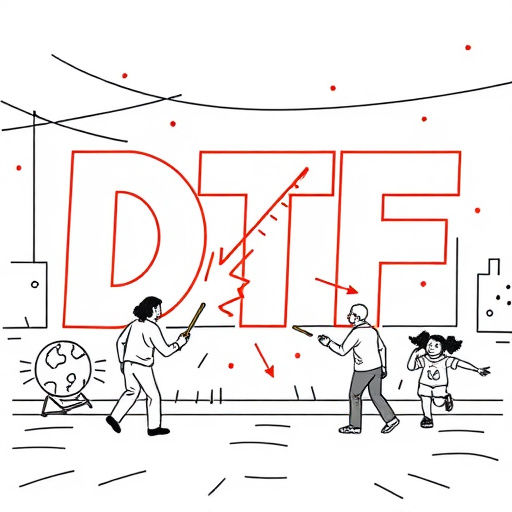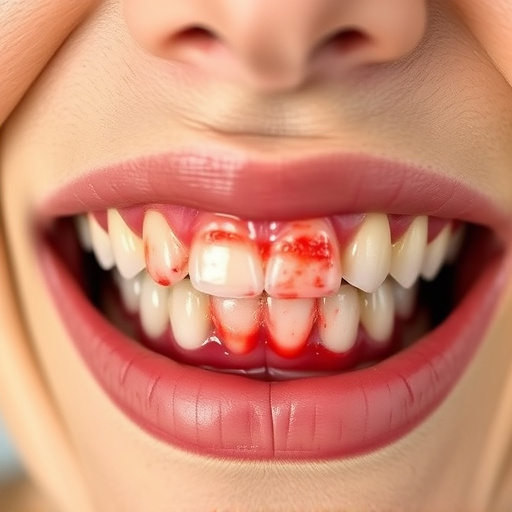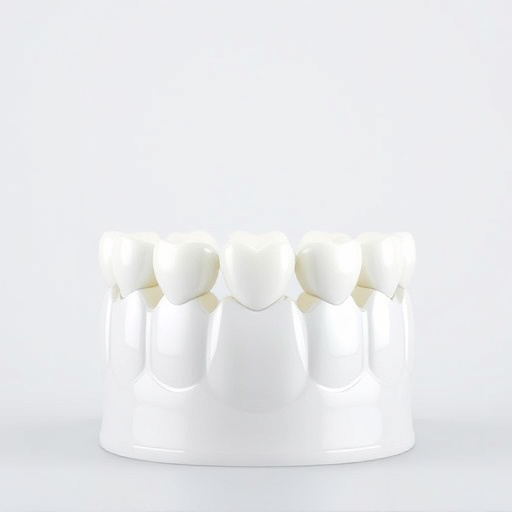Sedation dentistry offers a range of techniques to calm patients during dental procedures, addressing anxiety and phobias. Mild sedation is suitable for milder cases, allowing patients to stay responsive while relaxed, facilitating conversations or media engagement. Deep sedation, closer to sleep, is indicated for complex or lengthy treatments but requires careful assessment due to potential side effects. Both methods improve patient comfort, cooperation, and manageability of various dental procedures, from simple fillings to complex implants.
“Exploring Sedation Dentistry Options for a Calm, Comfortable Experience
Many patients face dental anxiety, making it hard to undergo necessary treatments. Fortunately, sedation dentistry offers mild to deep sedative solutions for a range of procedures. This article provides a comprehensive guide to understanding and comparing various sedation techniques. From mild sedatives for nervous patients to deeper options for complex procedures, we break down the benefits, risks, and precautions. By shedding light on gentle, IV, and conscious sedation methods, this resource empowers patients to make informed decisions about their dental care.”
- Understanding Mild Sedation: What to Expect and Benefits
- Deep Sedation Dentistry: When is it Necessary? Risks and Precautions
- Comparing Options: Gentle, IV, and Conscious Sedation Techniques Explained
Understanding Mild Sedation: What to Expect and Benefits

Mild sedation is a gentle approach to dental treatment designed to calm patients’ nerves and reduce anxiety during procedures. This level of sedation provides a balanced state between being awake and fully sedated, allowing individuals to remain responsive but with a sense of relaxation. During mild sedation, patients are typically aware of their surroundings but feel less anxious and pain-sensitive. It’s an excellent option for those who experience dental phobia or anxiety, making it easier to undergo necessary treatments like tooth repairs and comprehensive dental care.
One of the key benefits is the improved patient comfort and experience. Mild sedation can enable individuals to stay engaged in conversations during the procedure, watch TV, or even listen to music, turning what could be a stressful event into a more manageable one. This method also offers enhanced cooperation for dentists, allowing them to perform precise work without the challenges posed by extreme anxiety or fear. As with all sedation dentistry options, mild sedation is administered and monitored by qualified dental professionals to ensure safety and comfort throughout the entire process.
Deep Sedation Dentistry: When is it Necessary? Risks and Precautions

Deep Sedation Dentistry is often necessary for patients who experience severe anxiety or have complex dental needs requiring extensive procedures. This level of sedation goes beyond light relaxation and involves administering medication to induce a state of unconsciousness, similar to sleep. It’s crucial for ensuring patient comfort during lengthy or invasive treatments in family dentistry or restorative dentistry practices.
While deep sedation can be highly effective, it carries risks and requires precautions. Patients may experience side effects like nausea, dizziness, or respiratory depression, especially if not monitored closely. Therefore, comprehensive pre-treatment assessments are essential to screen for underlying medical conditions that could complicate the process. Proper communication between the dentist and patient about expectations, potential outcomes, and recovery is paramount. In cases of tooth repair, deep sedation can make these procedures more manageable for both the patient and the dental team.
Comparing Options: Gentle, IV, and Conscious Sedation Techniques Explained

When considering sedation dentistry options, patients often wonder about the differences between gentle, IV, and conscious sedation techniques. Each method offers varying levels of relaxation and pain control, catering to diverse patient needs and preferences. Gentle sedation, usually achieved through oral medications or inhaled gases, is ideal for those who experience mild anxiety. It allows patients to remain awake but significantly relaxed during procedures, minimizing discomfort while still enabling them to respond to the dentist’s instructions.
IV (Intravenous) sedation takes this a step further by administering sedative drugs directly into the bloodstream. This technique provides deeper relaxation and can reduce awareness of the dental procedure. Often used for more extensive treatments or nervous patients, IV sedation allows for precise control over the level of consciousness. While it may involve some mild disorientation post-procedure, many patients appreciate the feeling of being completely relaxed during what could otherwise be a lengthy or uncomfortable experience, especially when considering procedures like cosmetic fillings or tooth repair, and even dental implants.
When considering sedation dentistry options, understanding the nuances of mild to deep sedation techniques empowers patients to make informed decisions. Whether for a simple procedure or complex dental work, each method offers tailored benefits and precautions. By weighing the expectations, risks, and advantages outlined in this article, individuals can choose the most suitable sedation approach, ensuring a comfortable and safe dental experience.














